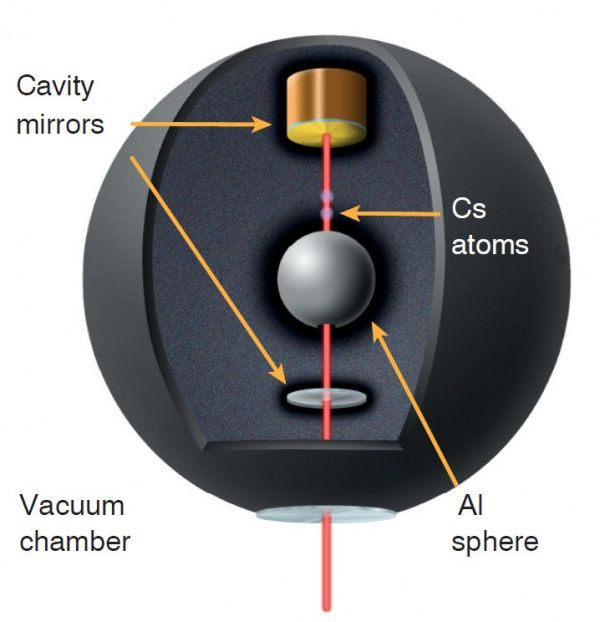Dark Energy 'Chameleon Fields' Could Explain What Universe Is Made Of

Dark energy -- the mysterious force that is accelerating the expansion of our universe and pulling galaxies apart -- has long baffled scientists. Despite the fact the nearly 70 percent of the cosmos is dark energy, no one knows what it is made of, even though scientists have been proposing theories since it was first detected in 1998.
One of these theories posits the existence of a dark energy “chameleon” field, whose strength is affected by the density of its surrounding environment. According to this theory -- first proposed in 2004 by University of Pennsylvania physicist Justin Khoury -- these chameleon fields shrink so dramatically in dense regions of space, such as the Earth’s atmosphere, that the force exerted by them can only be measured in low-density interstellar space.
“The chameleon field is light in empty space but as soon as it enters an object it becomes very heavy and so couples only to the outermost layer of a big object, and not to the internal parts,” Holger Muller, an assistant professor of physics at the University of California, Berkeley, and a faculty scientist at Lawrence Berkeley National Laboratory, said in a statement Thursday.
If such a force, propagated by hypothetical chameleon particles, is detected, it would be an example of a fifth force -- beyond the strong and weak nuclear forces, and the gravitational and electromagnetic forces -- in the universe. However, these fields have never been detected in laboratory experiments.
In order to replicate the vacuum of space, where the force exerted by the hypothesized fields can be detected, Muller and UC Berkeley post-doctoral fellow Paul Hamilton built a vacuum chamber, roughly the size of a soccer ball, in which the pressure was one-trillionth that of the Earth’s atmosphere. A marble-sized aluminum sphere was then placed in the chamber and atoms of cesium were inserted in the vacuum.

According to the theory, chameleon fields would cause the cesium atoms to accelerate differently depending on the distance from the sphere.
However, after dropping cesium atoms on the aluminum sphere and using sensitive lasers to measure the forces on the atoms while they were in a free fall for about 10 to 20 milliseconds, the researchers failed to detect any chameleon field.
“Holger has ruled out chameleons that interact with normal matter more strongly than gravity, but he is now pushing his experiment into areas where chameleons interact on the same scale as gravity, where they are more likely to exist,” Khoury, co-author of the study published Friday in the journal Science, said in the statement.
In the worst-case scenario, Muller added, “we will learn more of what dark energy is not.”
For now, though, the hunt continues.
© Copyright IBTimes 2024. All rights reserved.






















